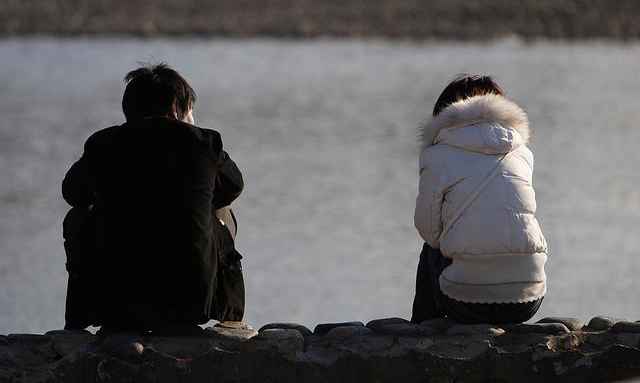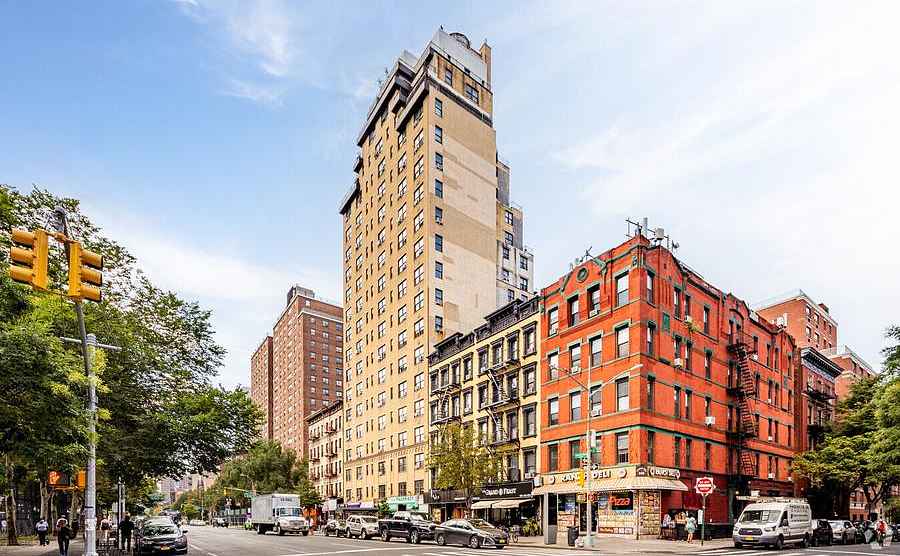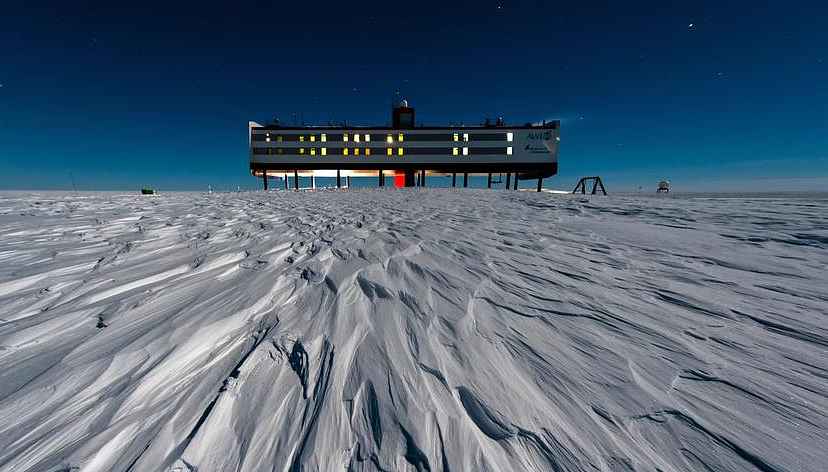






See listing of Recent and Most Popular articles on the Home Page
Health & Wellness
Category: Health & Wellness / Topics: Coping • Loneliness • Mental Health • Optimal Aging • Research • Science & Technology • Wellness
How Loneliness Reshapes the Brain
by Marta Zaraska / Quantum Magazine
Posted: March 4, 2023
Feelings of loneliness prompt changes in the brain that further isolate people from social contact…
Editor's Note: You don't have to go to a science station in the Antarctic in the middle of winter to experience loneliness, but it was a good place to study what impact loneliness has the brain. Following is an excerpt of Marta Zaraska's February 28 article in Quanta Magazine. You'll find a link to the full article at the bottom of this page.
The Neumayer III polar station sits near the edge of Antarctica’s unforgiving Ekström Ice Shelf. During the winter, when temperatures can plunge below minus 50 degrees Celsius and the winds can climb to more than 100 kilometers per hour, no one can come or go from the station. Its isolation is essential to the meteorological, atmospheric and geophysical science experiments conducted there by the mere handful of scientists who staff the station during the winter months and endure its frigid loneliness.
But a few years ago, the station also became the site for a study of loneliness itself. A team of scientists in Germany wanted to see whether the social isolation and environmental monotony marked the brains of people making long Antarctic stays. Eight expeditioners working at the Neumayer III station for 14 months agreed to have their brains scanned before and after their mission and to have their brain chemistry and cognitive performance monitored during their stay. (A ninth crew member also participated but could not have their brain scanned for medical reasons.)
As the researchers described in 2019, in comparison to a control group, the socially isolated team lost volume in their prefrontal cortex — the region at the front of the brain, just behind the forehead, that is chiefly responsible for decision-making and problem-solving. They also had lower levels of brain-derived neurotrophic factor, a protein that nurtures the development and survival of nerve cells in the brain. The reduction persisted for at least a month and a half after the team’s return from Antarctica.
It’s uncertain how much of this was due purely to the social isolation of the experience. But the results are consistent with evidence from more recent studies that chronic loneliness significantly alters the brain in ways that only worsen the problem.
Neuroscience suggests that loneliness doesn’t necessarily result from a lack of opportunity to meet others or a fear of social interactions. Instead, circuits in our brain and changes in our behavior can trap us in a catch-22 situation: While we desire connection with others, we view them as unreliable, judgmental and unfriendly. Consequently, we keep our distance, consciously or unconsciously spurning potential opportunities for connections.
Loneliness can be difficult to study empirically because it is entirely subjective. Social isolation, a related condition, is different — it’s an objective measure of how few relationships a person has. The experience of loneliness has to be self-reported, although researchers have developed tools such as the UCLA Loneliness Scale to help with assessing the depths of an individual’s feelings.
From such work, it’s clear that the physical and psychological toll of loneliness across the globe is profound. In one survey, 22% of Americans and 23% of British people said they felt lonely always or often. And that was before the pandemic. As of October 2020, 36% of Americans reported “serious loneliness.
ut loneliness doesn’t merely feel bad: It takes a toll on our health. It can lead to high blood pressure, stroke and heart disease. It can also double the risk of Type 2 diabetes and raise the likelihood of dementia by 40%. As a consequence, chronically lonely people tend to have an 83% higher mortality risk than those who feel less isolated.
Organizations and governments often attempt to help with loneliness by encouraging people to go out more and by setting up hobby clubs, community gardens and craft groups. Yet as the neuroscience shows, getting rid of loneliness isn’t always that simple.
OBSERVATIONS: Excerpted here, see full artile for expanded details.
A Bias Toward Rejection
When neuroscientists from Germany and Israel set out to investigate loneliness a few years ago, they expected to find that its neural underpinnings were like those of social anxiety and involved the amygdala. Often called the fear center of the brain, the amygdala tends to activate when we face things we dread, from snakes to other humans. “We thought, ‘Social anxiety is associated with increased amygdala activity, so this should also be the case for lonely individuals,’” said Jana Lieberz, a doctoral student at the University of Bonn in Germany who was part of the research team.
However, a study that the team published in 2022 revealed that although threatening social situations trigger more amygdala activity in people suffering from social anxiety, they do not have that effect on lonely people. Similarly, people with social anxiety have diminished activity in the reward sections of their brain, and that does not appear to be true for lonely people.
. . .
Faults in the Default Network
Bzdok and his colleagues conducted the largest studies to date looking for signatures of loneliness in the human brain — studies involving about 100 times more subjects than any prior ones, according to Bzdok. They used data from the UK Biobank— a biomedical database that contains the brain scans of about 40,000 residents of the United Kingdom, along with information about their social isolation and loneliness.
Their results, published in 2020 in Nature Communications, revealed that the brain’s loneliness hot spot nestles within the default network, a part of the brain that activates when we are mentally on standby. “Until 20 years ago we didn’t even know we had this system,” Bzdok said. Yet studies have shown that activity in the default network accounts for most of the brain’s consumption of energy.
. . .
A Deep, Uncomfortable Craving
And yet, although lonely people may find encounters with others uncomfortable and unrewarding, they still seem to crave connection. The late John Cacioppo, a University of Chicago neuroscientist whose research earned him the nickname “Dr. Loneliness,” hypothesized that loneliness is an evolved adaptation, similar to hunger, signaling that something has gone awry in our lives. Just as hunger motivates us to look for food, loneliness should drive us to seek out connection to others. For our ancestors on the African savanna, whose survival probably depended on having ties to a group, that social impulse might have been a matter of life or death.
. . .
Bigger Brains and More Friends
Recent studies also appear to confirm an evolutionary theory called the social brain hypothesis, which proposes that a busy social life is linked to bigger brains. The idea originated as a theory about how brains might have changed through evolution, but the larger brain size seems to emerge directly from life experiences too. In general, nonhuman primates in captivity that live in larger social groups or share spaces with more cage mates have larger brains. More specifically, the primates have more gray matter in their prefrontal cortex.
Humans are not much different, research suggests. A 2022 study found that elderly lonely people often have atrophy in parts of the brain including the thalamus, which processes emotions, and the hippocampus, a memory center. These changes, the authors suggested, could help explain links between loneliness and dementia.
Of course, the chicken-and-egg question about all these findings is: Do differences in the brain predispose us to loneliness, or does loneliness rewire and shrink the brain? According to Bzdok, it’s not currently possible to solve this puzzle. He believes, however, that the causality may point both ways.
. . .
Another idea is to encourage synchrony. Research shows that one key to how much people like and trust each other lies in how closely their behaviors and reactions match from moment to moment. This synchrony between individuals can be as simple as reciprocating a smile or mirroring body language during conversation, or as elaborate as singing in a choir or being part of a rowing team. In a study published a year ago, Lieberz and her colleagues showed that lonely people struggle to synchronize with others, and that this discordance causes the regions of their brain responsible for observing actions to go into overdrive. Coaching lonely people in how to join in with the actions of others could be another strategic intervention to consider. It won’t cure loneliness by itself, “but it may be a starting point,” Lieberz said.
And if all else fails, there could be new chemical therapies. In one experiment conducted in Switzerland, after volunteers took psilocybin, the psychoactive compound in magic mushrooms, they reported feeling less socially excluded. Scans of their brains showed less activity in areas that process painful social experiences.
While interventions such as cognitive behavioral therapy, promoting trust and synchrony, or even ingesting magic mushrooms could help treat chronic loneliness, transient feelings of solitude will most likely always remain part of the human experience. And there is nothing wrong with that Livia Tomova, a research associate in neuroscience at the University of Cambridge, said.
She compares loneliness to stress: It’s unpleasant but not necessarily negative. “It provides energy to the body, and then we can deal with challenges,” she said. “It becomes problematic when it’s chronic because our bodies are not meant to be in this constant state. That’s when our adaptive mechanisms ultimately break down.”
Search all articles by Marta Zaraska
Posted: March 4, 2023 Accessed 296 times
![]() Go to the list of most recent Health & Wellness Articles
Go to the list of most recent Health & Wellness Articles
![]() Search Health & Wellness (You can expand the search to the entire site)
Search Health & Wellness (You can expand the search to the entire site)
![]() Go to the list of Most Recent and Most Popular Articles across the site (Home Page)
Go to the list of Most Recent and Most Popular Articles across the site (Home Page)
 Loading requested view...
Loading requested view...